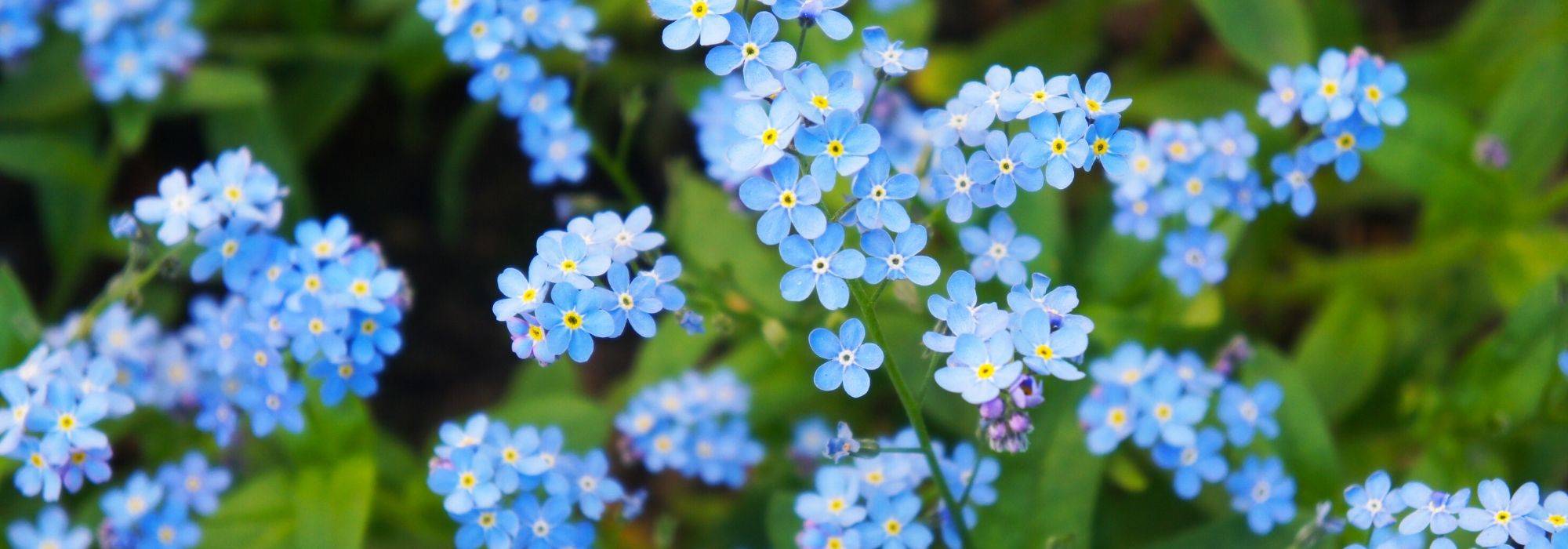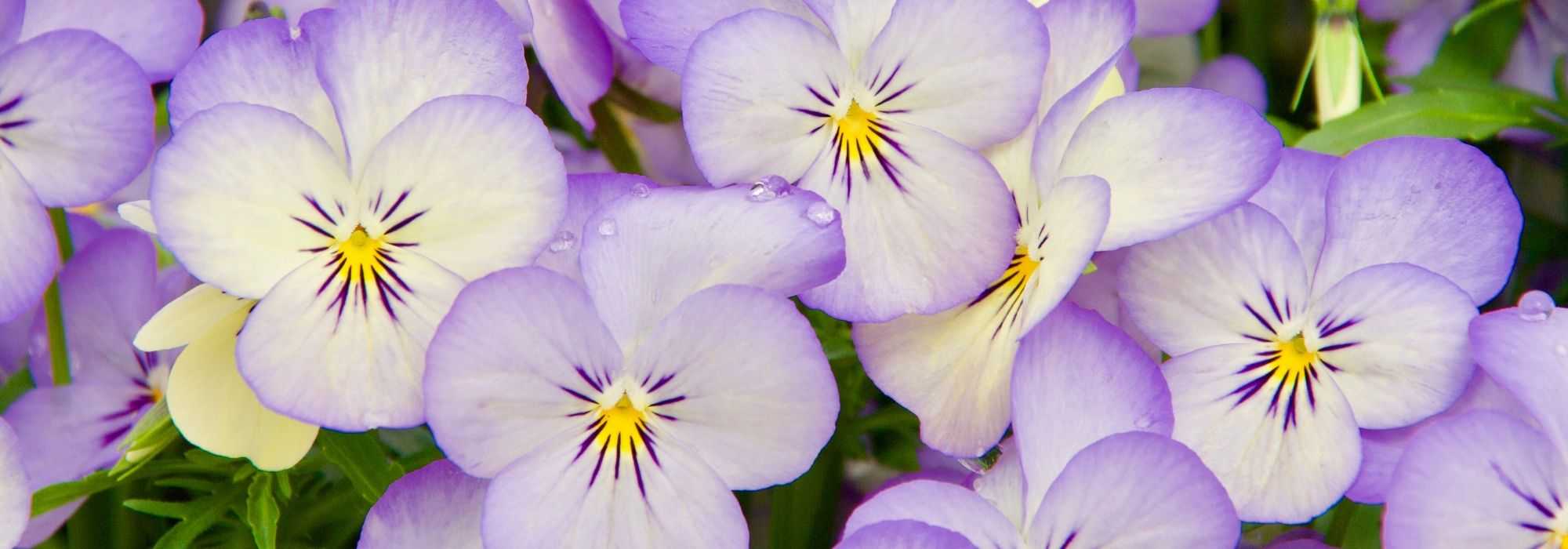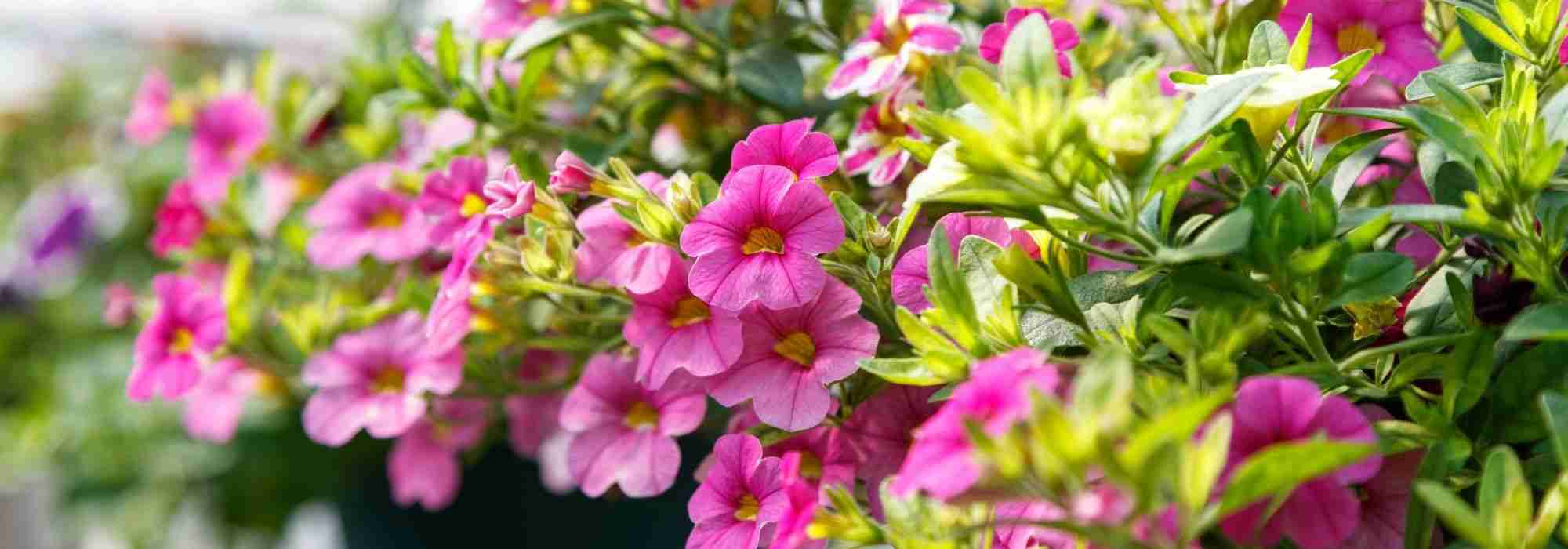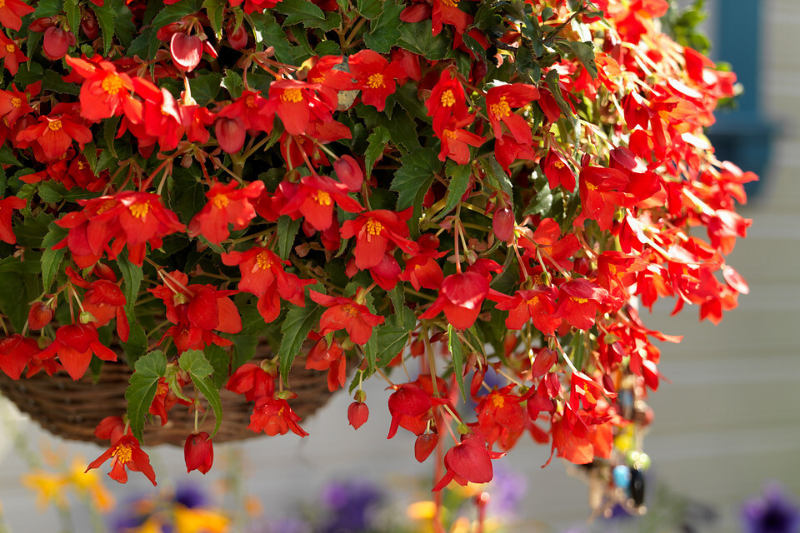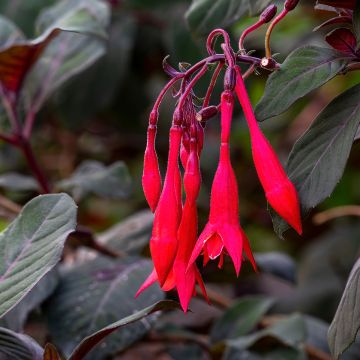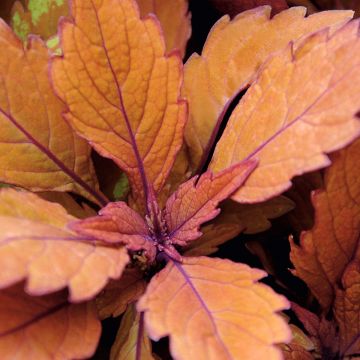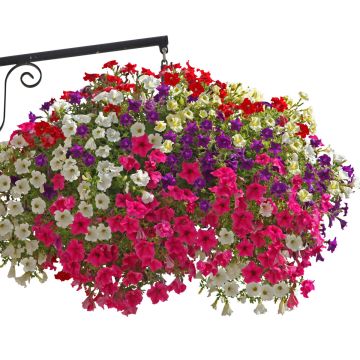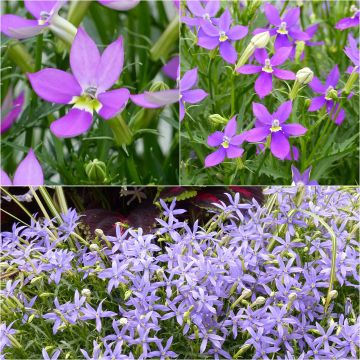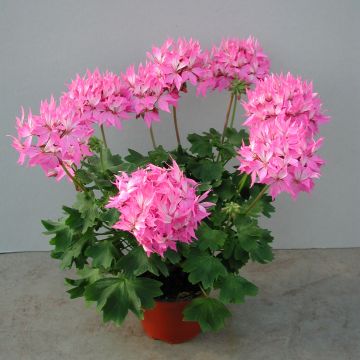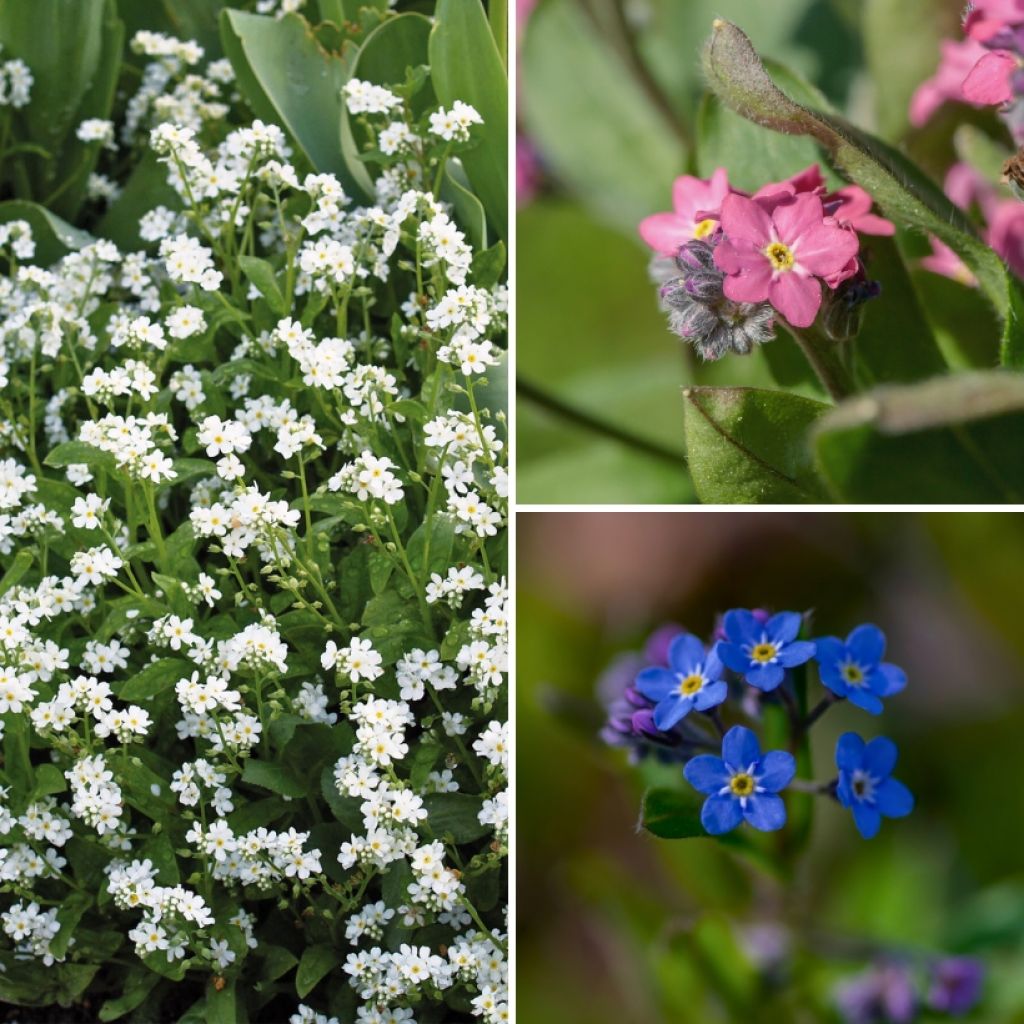

Myosotis Collection
Myosotis Collection
Myosotis sylvatica Blue Sylva, Rosylva, Snowsylva
Forget-Me-Not
Special offer!
Receive a €20 voucher for any order over €90 (excluding delivery costs, credit notes, and plastic-free options)!
1- Add your favorite plants to your cart.
2- Once you have reached €90, confirm your order (you can even choose the delivery date!).
3- As soon as your order is shipped, you will receive an email containing your voucher code, valid for 3 months (90 days).
Your voucher is unique and can only be used once, for any order with a minimum value of €20, excluding delivery costs.
Can be combined with other current offers, non-divisible and non-refundable.
This plant carries a 6 months recovery warranty
More information
We guarantee the quality of our plants for a full growing cycle, and will replace at our expense any plant that fails to recover under normal climatic and planting conditions.
Would this plant suit my garden?
Set up your Plantfit profile →
Collection items (15 plants)
Description
This Myosotis Collection brings together 3 excellent varieties of different colours, in packs of 5 plug plants. These small plants for cool undergrowth, simple and delightfully romantic, are an excellent complement to all garden or terrace plants. Generous and early-flowering, the varieties offered here bloom from March to June-July. Cultivated as biennials, forget-me-nots can self-seed spontaneously, not always faithfully, in flower beds. Autumn planting ensures excellent spring flowering.
The collection consists of:
5 plug plants of Myosotis sylvatica 'Bluesylva': flowering in a pure, almost "electric" blue with a small yellow heart.
5 plug plants of Myosotis sylvatica 'Rosylva': a sinple and very feminine version of the woodland forget-me-not, with bright pink flowers and a yellow heart.
5 plug plants of Myosotis sylvatica 'Snowsylva' (White sylva): this variety has white flowers with a discreet yellow heart.
Forget-me-nots thrive in partial shade and rich soil with some moisture. Plant them in pots and containers or directly in the ground, with a spacing of 10-15 cm. Plant them, if possible upon receipt, in September-October or March-April. If the planned location is not ready yet or the conditions are unfavourable for planting, you can grow them on for 4 to 6 weeks.
In pots and containers, use good potting soil for flowering plants (such as geranium potting soil) enriched with clay and slow-release fertiliser, light and well-draining. The top of the plug should be level with the soil. Water generously at planting and in the following weeks, as plug plants can dry out quickly. However, be careful not to overwater! Make sure to use containers with drainage holes and empty the saucer 10 minutes after watering. Remember to water even during winter if it doesn't rain or if the container is placed in a sheltered spot. Do not water during freezing periods.
In the garden, forget-me-nots are traditionally used to enhance spring bulbs such as daffodils, narcissus, and tulips, lightening their blooms. For this use, young plants are planted between small groups of bulbs in autumn. You can also plant them en masse to create a light carpet in perennial flower beds, borders, and containers. In warmer regions, they will thrive in the shade alongside bleeding hearts. The delicate umbel flowers of woodland forget-me-nots are very decorative in spring bouquets, highlighting the plump flowers of peonies and roses.
Note: Please be aware that our young plug plants are products intended for experienced gardeners: upon receipt, transplant them as soon as possible, in pots, containers, or directly in flower beds.
Flowering
Foliage
Plant habit
Botanical data
Myosotis
sylvatica
Blue Sylva, Rosylva, Snowsylva
Boraginaceae
Forget-Me-Not
Cultivar or hybrid
Planting and care
Upon receipt, plant your myosotis plug plants in pots to allow them to grow on. Once the plants have strengthened, transplant them into open ground or containers in partial shade. They need light and humus-bearing soil, not drying out, but not waterlogged. These biennials must be watered at planting and in case of drought.
Planting period
Intended location
Care
Planting & care advice
This item has not been reviewed yet - be the first to leave a review about it.
Similar products
Haven't found what you were looking for?
Hardiness is the lowest winter temperature a plant can endure without suffering serious damage or even dying. However, hardiness is affected by location (a sheltered area, such as a patio), protection (winter cover) and soil type (hardiness is improved by well-drained soil).

Photo Sharing Terms & Conditions
In order to encourage gardeners to interact and share their experiences, Promesse de fleurs offers various media enabling content to be uploaded onto its Site - in particular via the ‘Photo sharing’ module.
The User agrees to refrain from:
- Posting any content that is illegal, prejudicial, insulting, racist, inciteful to hatred, revisionist, contrary to public decency, that infringes on privacy or on the privacy rights of third parties, in particular the publicity rights of persons and goods, intellectual property rights, or the right to privacy.
- Submitting content on behalf of a third party;
- Impersonate the identity of a third party and/or publish any personal information about a third party;
In general, the User undertakes to refrain from any unethical behaviour.
All Content (in particular text, comments, files, images, photos, videos, creative works, etc.), which may be subject to property or intellectual property rights, image or other private rights, shall remain the property of the User, subject to the limited rights granted by the terms of the licence granted by Promesse de fleurs as stated below. Users are at liberty to publish or not to publish such Content on the Site, notably via the ‘Photo Sharing’ facility, and accept that this Content shall be made public and freely accessible, notably on the Internet.
Users further acknowledge, undertake to have ,and guarantee that they hold all necessary rights and permissions to publish such material on the Site, in particular with regard to the legislation in force pertaining to any privacy, property, intellectual property, image, or contractual rights, or rights of any other nature. By publishing such Content on the Site, Users acknowledge accepting full liability as publishers of the Content within the meaning of the law, and grant Promesse de fleurs, free of charge, an inclusive, worldwide licence for the said Content for the entire duration of its publication, including all reproduction, representation, up/downloading, displaying, performing, transmission, and storage rights.
Users also grant permission for their name to be linked to the Content and accept that this link may not always be made available.
By engaging in posting material, Users consent to their Content becoming automatically accessible on the Internet, in particular on other sites and/or blogs and/or web pages of the Promesse de fleurs site, including in particular social pages and the Promesse de fleurs catalogue.
Users may secure the removal of entrusted content free of charge by issuing a simple request via our contact form.
The flowering period indicated on our website applies to countries and regions located in USDA zone 8 (France, the United Kingdom, Ireland, the Netherlands, etc.)
It will vary according to where you live:
- In zones 9 to 10 (Italy, Spain, Greece, etc.), flowering will occur about 2 to 4 weeks earlier.
- In zones 6 to 7 (Germany, Poland, Slovenia, and lower mountainous regions), flowering will be delayed by 2 to 3 weeks.
- In zone 5 (Central Europe, Scandinavia), blooming will be delayed by 3 to 5 weeks.
In temperate climates, pruning of spring-flowering shrubs (forsythia, spireas, etc.) should be done just after flowering.
Pruning of summer-flowering shrubs (Indian Lilac, Perovskia, etc.) can be done in winter or spring.
In cold regions as well as with frost-sensitive plants, avoid pruning too early when severe frosts may still occur.
The planting period indicated on our website applies to countries and regions located in USDA zone 8 (France, United Kingdom, Ireland, Netherlands).
It will vary according to where you live:
- In Mediterranean zones (Marseille, Madrid, Milan, etc.), autumn and winter are the best planting periods.
- In continental zones (Strasbourg, Munich, Vienna, etc.), delay planting by 2 to 3 weeks in spring and bring it forward by 2 to 4 weeks in autumn.
- In mountainous regions (the Alps, Pyrenees, Carpathians, etc.), it is best to plant in late spring (May-June) or late summer (August-September).
The harvesting period indicated on our website applies to countries and regions in USDA zone 8 (France, England, Ireland, the Netherlands).
In colder areas (Scandinavia, Poland, Austria...) fruit and vegetable harvests are likely to be delayed by 3-4 weeks.
In warmer areas (Italy, Spain, Greece, etc.), harvesting will probably take place earlier, depending on weather conditions.
The sowing periods indicated on our website apply to countries and regions within USDA Zone 8 (France, UK, Ireland, Netherlands).
In colder areas (Scandinavia, Poland, Austria...), delay any outdoor sowing by 3-4 weeks, or sow under glass.
In warmer climes (Italy, Spain, Greece, etc.), bring outdoor sowing forward by a few weeks.

































